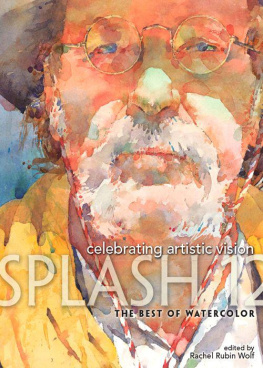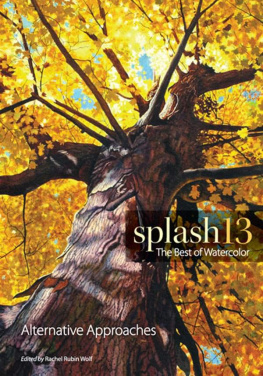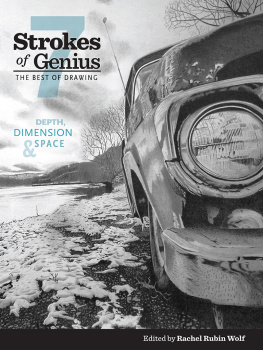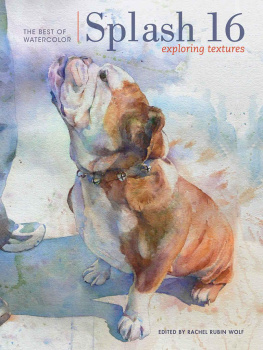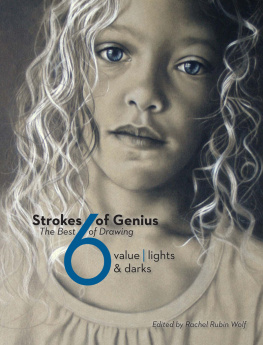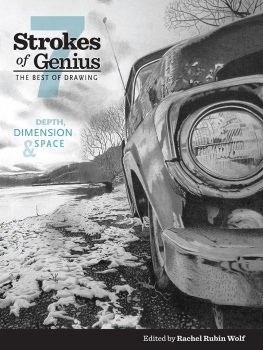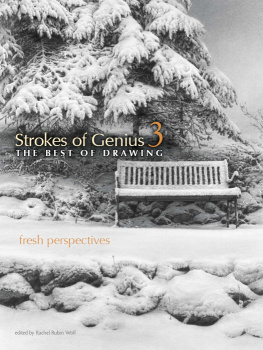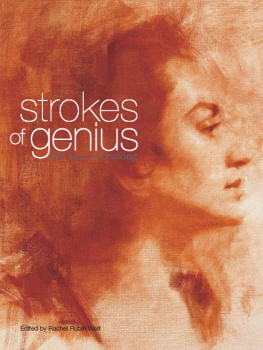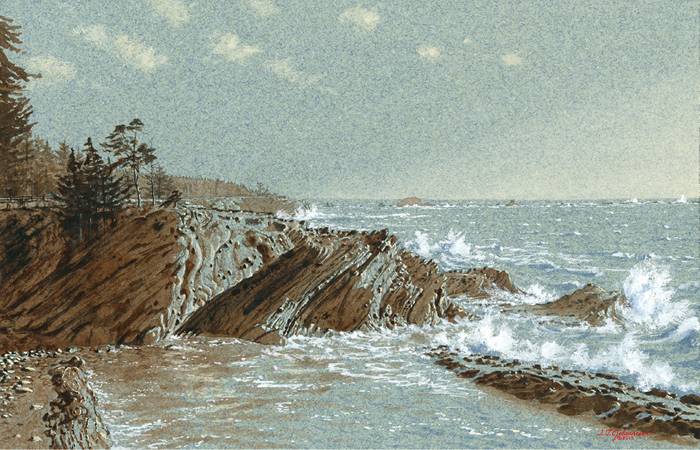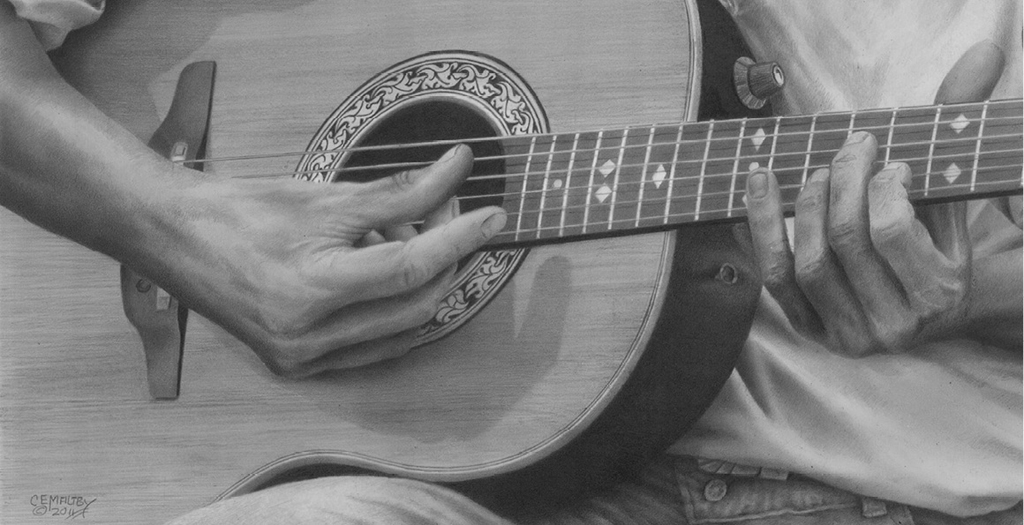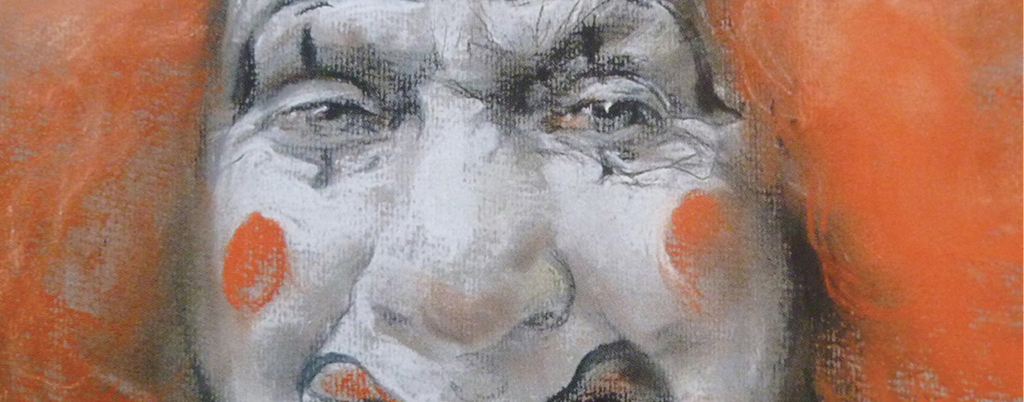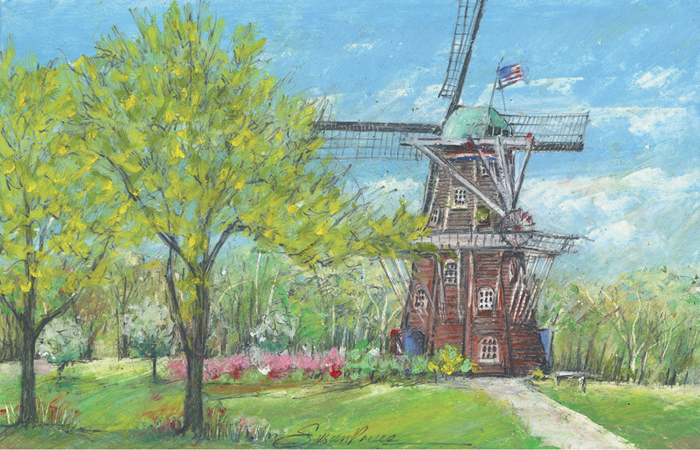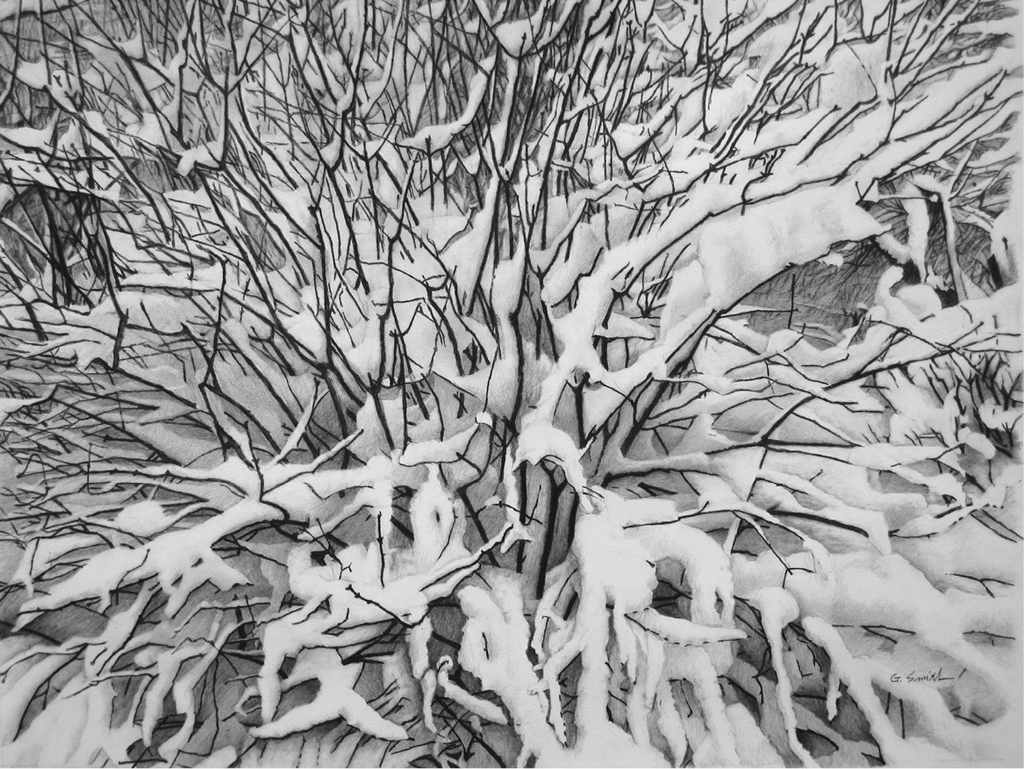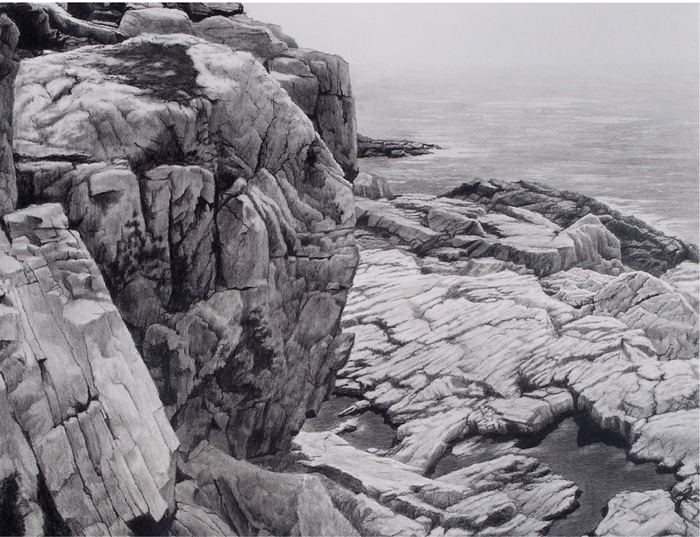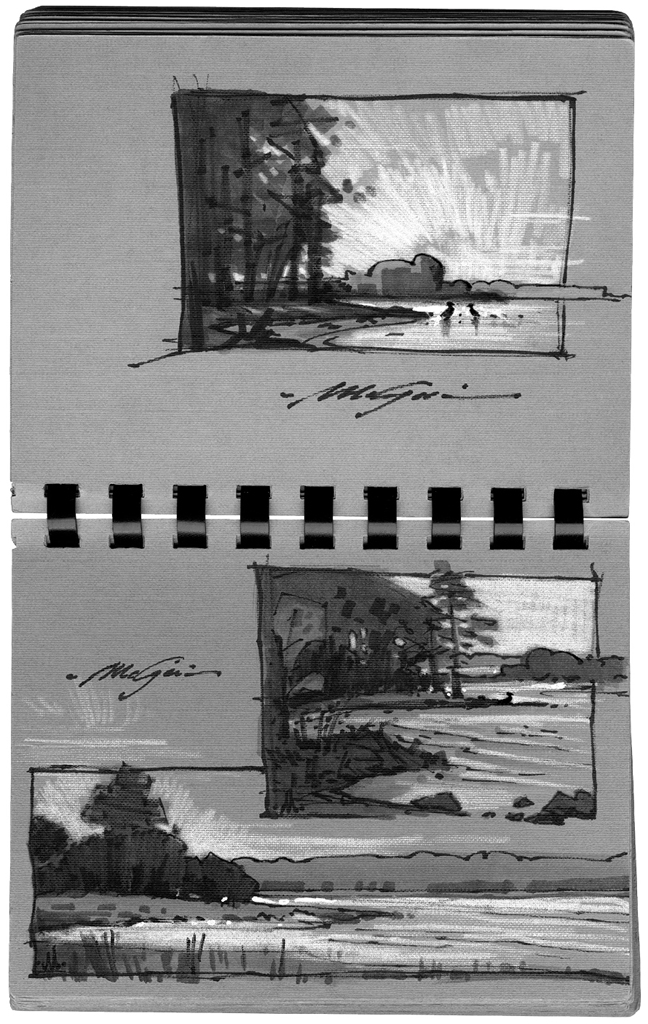Thank you for purchasing this Artist Network eBook.
Sign up for our newsletter and receive special offers, access to free content, and information on the latest new releases and must-have art resources! Plus, receive a coupon code to use on your first purchase from NorthLightShop.com for signing up.
or visit us online to sign up at
http://artistsnetwork.com/ebook-promo
GARLIC IN A NEW LIGHT
Cecile Baird
Colored pencil on Stonehenge paper
13" 20" (33cm 51cm)
I have long been interested in how light can change objects. I look for transparent subjects and often use backlighting to enhance the transparency. I set the garlic still life up in my studio and used a carpenters light with a 75-watt daylight bulb to create the backlighting. Because the garlic was so small, the light had to be very close to work. When I pulled the delicate layers of the garlic apart and let the backlighting shine through, it was mesmerizing. By cropping close I drew the viewers eye around the glowing layers and especially to the light coming between the two garlics.
Composition can enhance the feeling of being up-close and personal, and seeing an everyday subject in a new way.
Cecile Baird
Introduction
Impressionist artist Pierre Bonnard taught, in agreement with a long art tradition, that drawing is the foundation of art. But he is also quoted as saying, And after drawing comes composition. A well-composed painting is half done. In other words, once the composition is well established, all thats needed is to add the details.
Composition: 1) the nature of somethings ingredients or constituents; the way in which a whole or mixture is made up. 2) the action of putting things together; formation or construction. 3) a thing composed of various elements.
In two-dimensional art, the ingredients or constituents that the artist is putting together are primarily shape and value, along with line and color. How an artist accomplishes this task largely predicts the success or failure of the work of art. Twentieth-century American artist Marc Awodey said, The anatomy of the picture is always more important than the anatomy of the subject. Strokes of Genius artist Steven Thor Johanneson agrees: Composition is the single most important aspect in any two-dimensional artwork. In this view, the design on the two-dimensional surface is more crucial to the success of the work than is the subject itself.
However, it is also said, Before you compose your picture its a good idea to ask yourself why youre doing it. Many of the artists in this book have voiced the same thought: The foundation of good composition is a good story. A good composition is a story worth telling; developing the characters and illuminating their relationships is the key to bringing it across, says Mary Ann Pals. Terry Miller says, the key to capturing the viewers eye is establishing a composition with an interesting, well-balanced idea. Similarly, Aaron Schuerr says, Find a clear, simple idea and subordinate everything to that one idea.
Whichever side one emphasizes, all would agree with Olga Nielsen that Good composition gives emotional impact to a drawing.
We hope you are impacted by our fifth volume of Strokes of Genius and find a lot of tips for composing your own work along the way.
Rachel Rubin Wolf
CHAPTER 1
Splendid Scenes
Tulip Time by the Windmill Revisited
Susan Price
Oil pastel and 2B graphite on Stonehenge paper
612" 10" (17cm 25cm)
I do all my plein air work like this one to relax, composing as I go. I first do a quick pencil sketch to define the basic shapes on a white primed sheet of Stonehenge paper. I adjust it until I like what I see. Next I overlay broad strokes of oil pastel, capturing the essence of the sky above and the water or earth below. Still adjusting, I set the composition once the pencil details are drawn along with refining with oil pastels. This process takes no longer than a morning or afternoon.
Composition is a dance of opposites: light and dark, large and small, thick and thin, hard-edged and soft-edged, complex and simple.
Susan Price
SNOW LADEN
Gerald Smith
Graphite on bristol board
12" 16" (30cm 41cm)
I was inspired by the strongly abstract nature of the reference photograph, which I had taken immediately after a huge spring storm. I knew the scene held a lot of potential as a great composition because it fused together the abstract shapes created by the snowstorm and the hyper-real dynamic of the shadows and interwoven branches of the bushes.
ACADIAN CLIFF
Gerald Smith
Graphite on bristol board
1312" 17" (34cm 43cm)
For me its all in the details and the texture. From an early age, I was nearly obsessive about including everything I saw in my drawingswhether it was from direct observation or from my imagination. Now I seek to channel that inclination into developing interesting compositions that lure the eye. Nature is virtually infinite in its grandeur and minutiae. I like to focus on the latter, which is often overlooked.
I will draw as much as I can for as many people as I can for as long as I can It brings together man and the world
Keith Haring, via Gerald Smith


